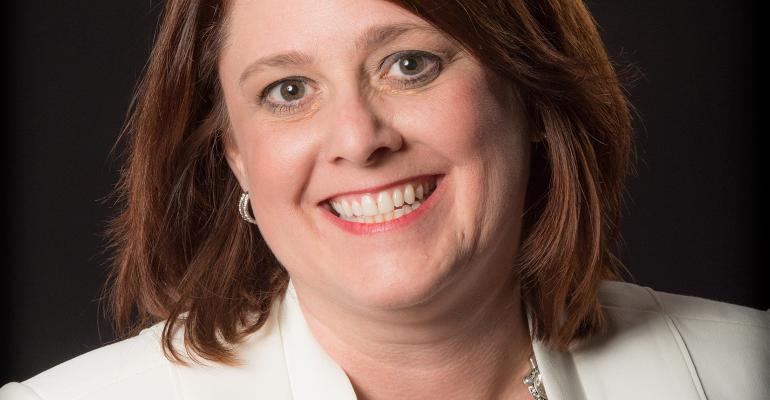Clients can be at different stages of their planning when they tour a venue, so determining their purpose--and yours--before a site visit is important.
Are you meeting with a prospective client considering your venue for the first time? Is your appointment the first after a client has booked? Is it a final walk-through with creative partners present?
Knowing the expectations of all parties involved can help you maximize efficiency and satisfaction with any site visit.
Think through the tour.
During a prospective guest consult on-site, it is helpful to let your visitors know what to expect in advance. If they will need to do a lot of walking, extend the courtesy of suggesting comfortable shoes, or forewarning about any uneven terrain, stairs they may need to negotiate, or preparation recommended for hot or cold weather events.
By anticipating your clients’ needs, you not only help make their first visit as ideal as possible, but you demonstrate that you are familiar with your site and in tune with all necessary details.
Anticipate their goals.
If a site visit is scheduled early in the planning process--as the first meeting for example--you should ask your guests what they hope to accomplish at the time the appointment is scheduled. They may have an agenda that will help dictate what you need to do during the appointment and who needs to be in attendance.
Wrap up final details.
If your site visit is scheduled during the final stage of planning and you have a list of questions still needing answers or clarification, it may make the appointment move faster if you forward the list in advance, along with an agenda for the meeting for your clients’ approval. You can still be sensitive to their plans for the meeting while taking care of the important details on your own to-do list as efficiently as possible.
Follow through with follow-up.
After your site visit, always send a follow-up email as soon as possible to confirm the things that you discussed, and to note anything that you or the client promised to do as well as any deadlines that were discussed. The email not only will help your clients stay on track, but it will also help you remember what transpired and keep your promises.
Send check-in emails periodically after a site visit to follow up on the items you discussed, and to find out how they are feeling about the progress of their planning. By knowing what makes your guests nervous, you open up the opportunity to offer encouragement and help ease concerns.
Special event pros get special treatment.
If you are touring with a fellow event professional, be prepared to answer a different set of questions than is usually posed by a client. Know where outlets are located, where load-in and load-out will happen, and in what time frame the site is available.
Be able to indicate where service entrances and exits are and explain any restrictions on placement of furniture or obstacles that might violate safety codes. Be well-versed in the different weather concerns and options for outdoor events, including where water collects, which areas are naturally shielded from wind or rain, where the sun sets and at what time, and other details that can impact the flow of an event day. Explain restrictions on sound and open flames, and know the local laws about specialty items such as sparklers.
A well-organized site visit is one of the most important keys to a successful and smooth event. Being prepared to address relevant concerns for clients and colleagues alike will position everyone for an exceptional event outcome for all.
Heather Jones is the catering sales director for Wente Vineyards, a family-owned property in Livermore, Calif., that is home to a winery and vineyards, a golf course, restaurant, and a range of unique facilities for hosting weddings and special events.





